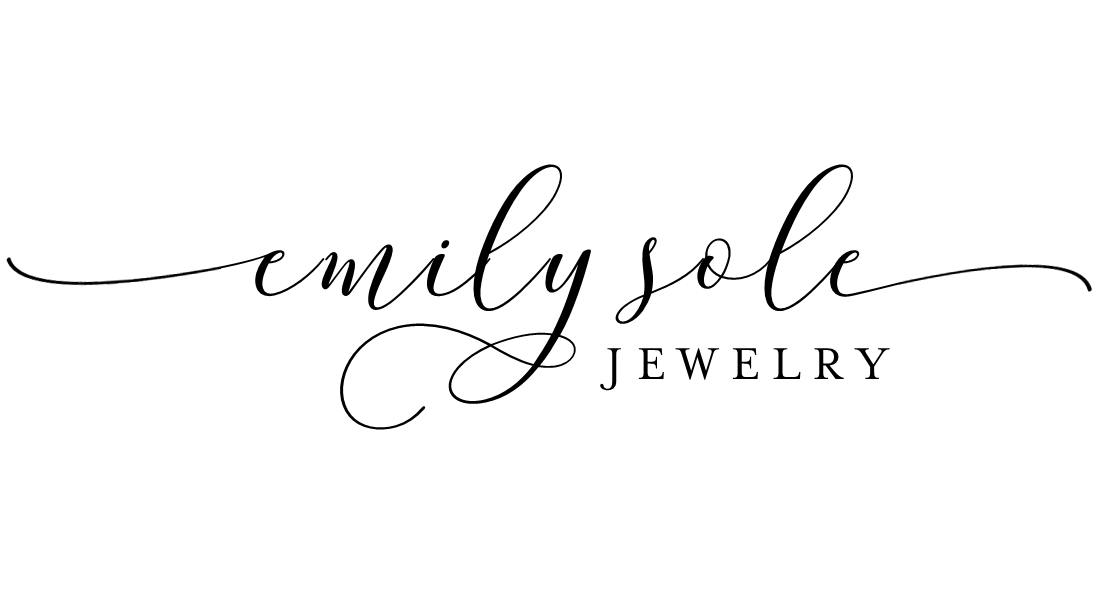The Influence of Historical Eras on Modern Jewelry Design
Jewelry has always been a reflection of the times, and throughout history, each era has left its mark on design, influencing modern pieces in ways that continue to resonate today. From the opulence of the Victorian era to the minimalism of the mid-20th century, the past serves as a rich source of inspiration for contemporary jewelers.
During the Victorian era (1837-1901), jewelry was ornate and symbolic, often featuring intricate designs, vibrant gemstones, and motifs like flowers, hearts, and snakes. These pieces told stories of love, loss, and family. Today, many modern designers still incorporate sentimental elements like birthstones or engraved messages, continuing the tradition of using jewelry to convey personal meaning.
The Art Deco period (1920s-1930s) was known for its bold geometric shapes, clean lines, and the use of contrasting colors and materials. This style has experienced a resurgence in modern jewelry design, with designers incorporating Art Deco-inspired elements like symmetrical patterns and angular cuts into engagement rings and statement pieces.
The mid-20th century saw a shift toward more minimalist designs, driven by movements like Modernism and Scandinavian design. Jewelry became more streamlined, focusing on simple forms and functional beauty. Today, minimalism continues to be a dominant trend, with many consumers opting for subtle, elegant pieces that emphasize craftsmanship over extravagance.
As we move forward, modern jewelry design remains deeply intertwined with historical influences. Whether it's the intricate designs of the Victorian era, the boldness of Art Deco, or the simplicity of mid-century minimalism, the past shapes the jewelry we wear today. Understanding these influences not only adds depth to our appreciation of jewelry but also helps us choose pieces that resonate with personal and cultural significance.

